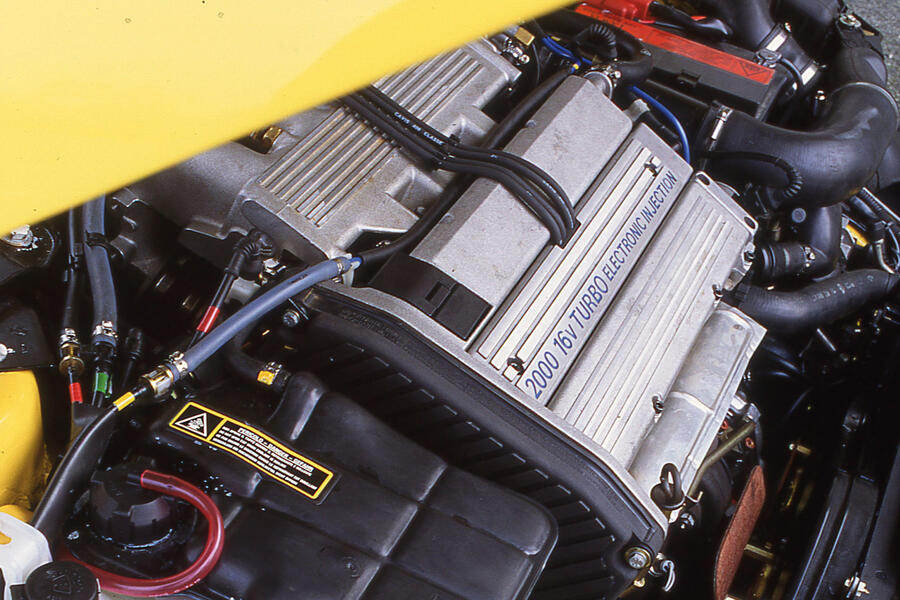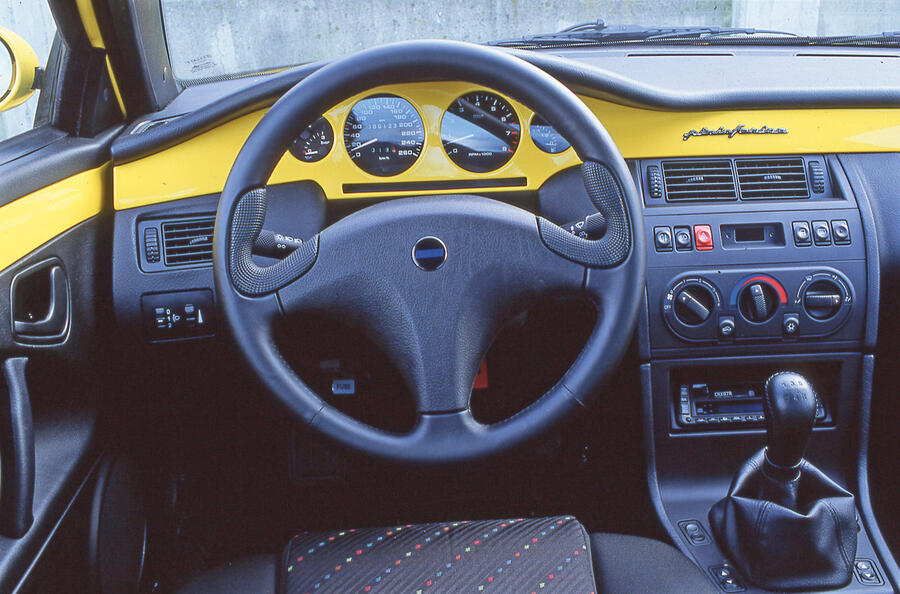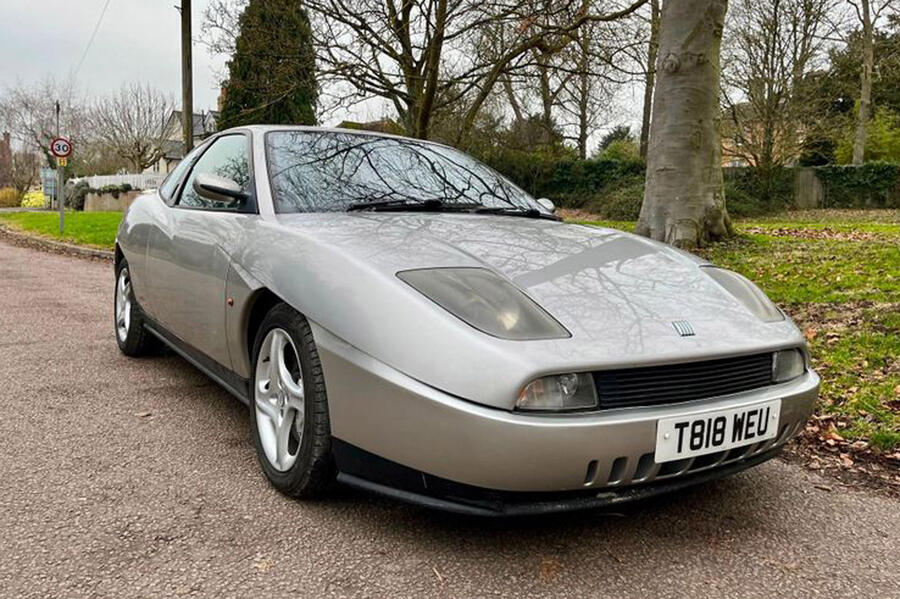Nearly 30 years on from its launch, some of us still aren’t over the emotional impact the Fiat Coupé had on us at the time. If you were afflicted – and many of us were – it can still move you now, maybe even towards your cheque book. The good news is that, for such an audacious and individual and potentially collectible car, prices are still comparatively low.
It looks like no other, for starters, and love it or loathe it you can’t ignore it. For years, Fiat’s best cars echoed Italy’s unquestionable and deeply ingrained loves of life and art, and this eye-catching beauty/beast seemed to take its influence from the art world to elevate itself into the rarefied category of mobile sculpture, a realm normally inhabited by cars that demand far heavier compromises and need much deeper pockets to buy and run.
However, this deeply Italian car was actually designed by an American, Chris Bangle, during his time at Centro Stile. The Coupé’s stance is at once awkward and gawkish but also deliciously intriguing, while its aspect could only be la dolce vita. Its surfaces are highlighted by arbitrary slashes, which Fiat initially claimed to be influenced by the work of artist Lucio Fontana, a statement later denied by Bangle, who said he’d never heard of him. Either way, there is a hint in its overall proportions and in its truncated Kamm tail of the best and the quirkiest of Zagato designs, and anyone who knows those will know they too are either loved or loathed.
The car enjoyed many delightful little touches designed to please the enthusiast and the style-conscious, such as those curvaceous headlights, the circular tail-lights, the clamshell bonnet, the hidden door handles and the wonderfully evocative fuel filler cap. Inside, the Pininfarina-designed cabin was equally striking, with painted metal for the fascia and door panels. There was even room for the kids in the back.
In some ways, it was a shame that what it all cloaked was rather more ordinary, for underneath was but the running gear of the contemporary Tipo. It still packed a punch, though. The Coupé was launched in 1993 and arrived in the UK in 1995, powered initially by a choice of 2.0-litre 16-valve four-cylinder engines, either naturally aspirated with 137bhp or turbocharged to make 187bhp. Power went to the front wheels through a five-speed manual gearbox, although on the Turbo it also went via a Viscodrive limited-slip diff.
In 1996, the 16-valve engines gave way to more powerful 20-valve, five-cylinder units, again either naturally aspirated (145bhp) or turbocharged (217bhp). The naturally aspirated engine soon received a variable intake system that gave it 150bhp.
Even so, with its impressive 0-62mph time of 6.3sec, it was the Turbo (called VT) everyone wanted. There were also a number of tweaked versions, starting with the VT LE (Limited Edition) sporting red Brembo front brake calipers, a bodykit, a push-button start, a strut brace and Recaro seats. There was also the Plus, looking very much like the LE but without its unique badge. Crucially, both versions had a six-speed gearbox. With the arrival of the VT6 in 1999, the six-speed gearbox became a standard feature.

















Join the debate
Add your comment
Why reading about used Fiat the word rust is always in bold letters even if it is not. It seems that Fiat slogan is: Forza Italia Always Trust there is rust.
Stellantis, do something, prego!!